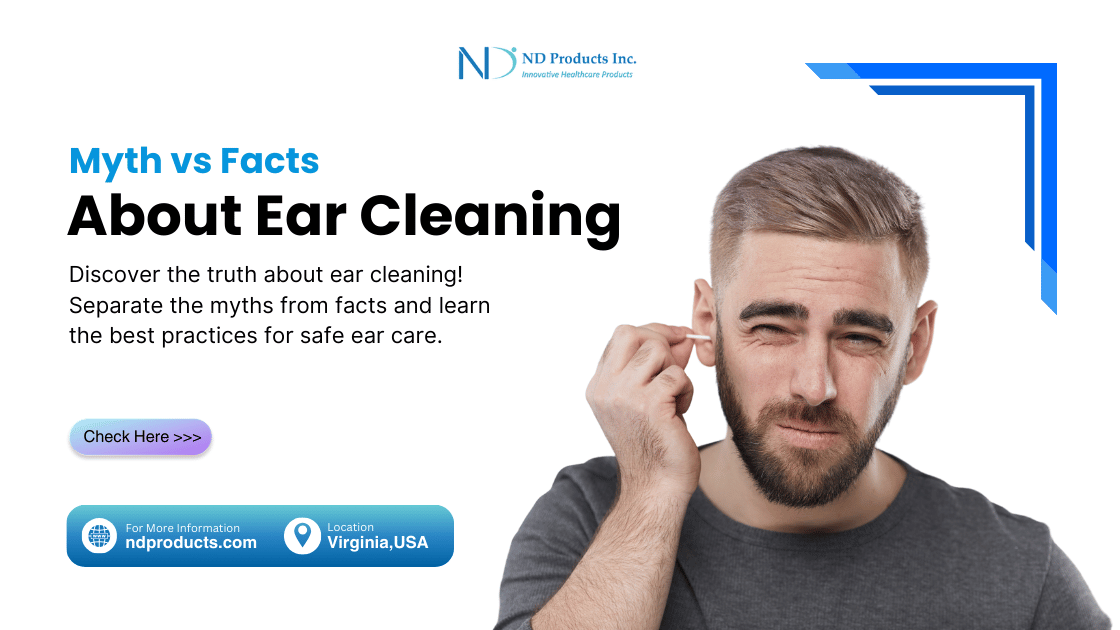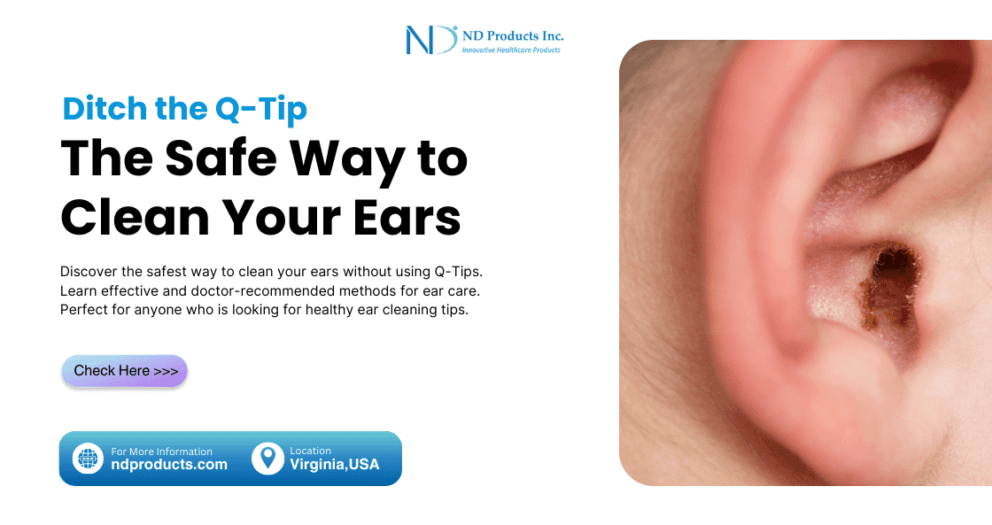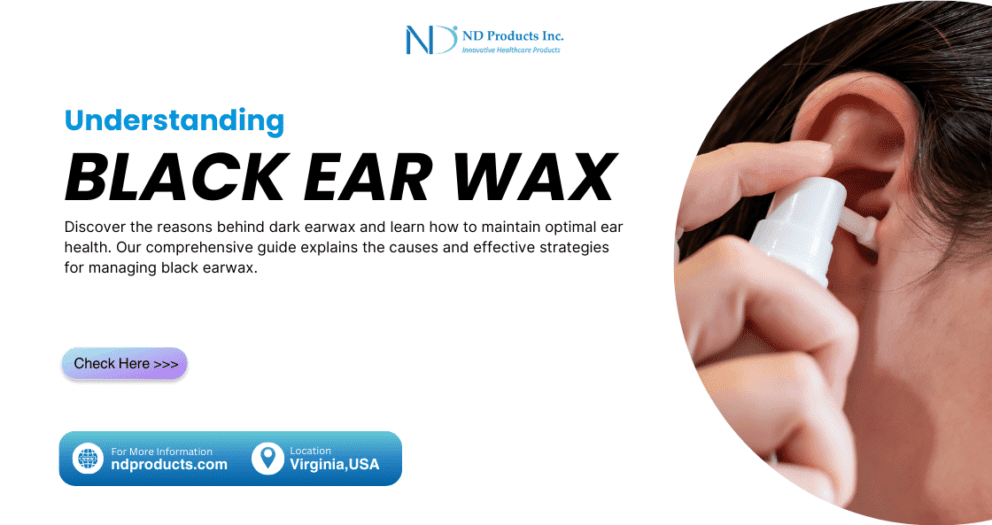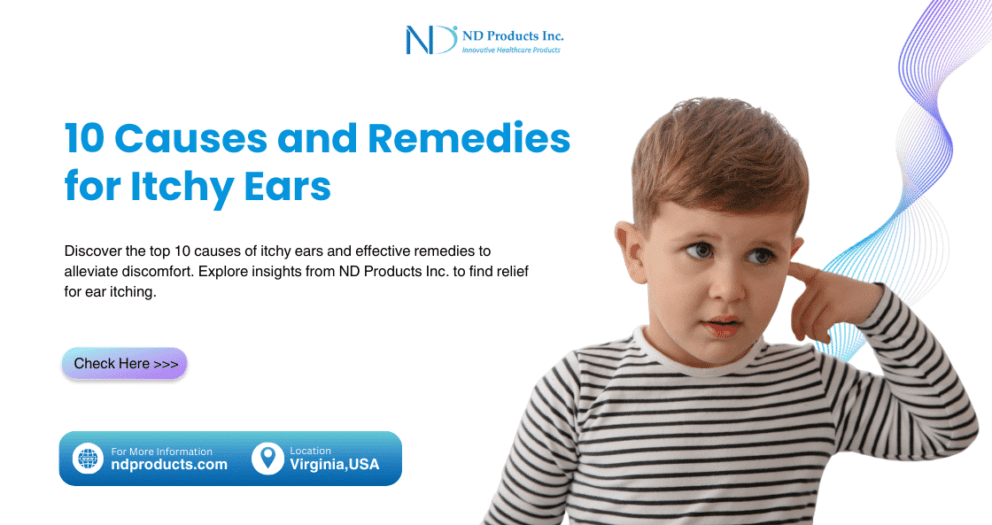Ear cleaning is a topic that often comes with many misconceptions. Many people are unsure about how to properly care for their ears, and there are plenty of myths that can lead to confusion and even harm. In this blog, we will debunk some common myths and provide facts about ear cleaning, helping you maintain healthy ears.
Myth 1: Earwax is Dirty and Should Be Removed
Fact: Earwax, also known as cerumen, is not dirty. In fact, it has several important functions. Earwax helps to protect and lubricate the ear, trapping dust, dirt, and other particles, preventing them from reaching the eardrum. Additionally, it has antimicrobial qualities that aid in the avoidance of illnesses. Removing all the earwax can disrupt these protective functions and potentially cause dryness in the ear canal.
Myth 2: You Should Clean Your Ears Daily
Fact: The ears are self-cleaning organs. Most people do not need to clean their ears regularly because earwax naturally moves out of the ear canal as new wax is produced. Daily cleaning can sometimes do more harm than good. Cleaning with cotton swabs can push wax deeper into the ear canal, leading to impaction or even injury.
Myth 3: Cotton Swabs Are Safe for Cleaning Ears
Fact: Cotton swabs, or Q-tips, are not safe for cleaning the inside of your ears. Using them can push earwax deeper into the ear canal, leading to blockages and potentially damaging the ear drum. The outer ear can be cleaned with a washcloth, but inserting anything into the ear canal is not recommended.
Myth 4: Ear Candling Is an Effective Way to Remove Earwax
Fact: Ear candling is an alternative method claimed to remove earwax, but it is neither safe nor effective. The process involves inserting a hollow candle into the ear and lighting it, supposedly drawing out earwax through suction. However, research has shown that ear candling does not remove earwax and can cause burns, ear canal blockages, and even perforated eardrums.
Myth 5: Hearing Loss Is Always Due to Earwax Buildup
Fact: While excessive earwax can cause hearing loss by blocking the ear canal, it is not the only cause. Hearing loss can result from various factors, including aging, exposure to loud noises, infections, and other medical conditions. If you experience sudden or persistent hearing loss, it’s essential to consult a healthcare professional for a proper diagnosis and treatment.
Myth 6: Earwax Removal Kits Are Safe for Everyone
Fact: Some of the over-the-counter earwax removal tools can be helpful if they don’t have safety feature to prevent them from going too far. These kits sometimes contain drops that soften the wax, making it easier to remove. However, some can leave your ear canal dry and itchy. if you have a history of ear problems, such as ear infections, or recent ear surgery, ear tube, or other complications using these products can be risky and you may need to consult with a healthcare professional before use.
Safe Practices for Ear Cleaning
While most people do not need to clean their ears regularly, there are safe practices to follow if you feel you need to address earwax buildup:
- Use Ear Drops: Over-the-counter ear drops can help soften and loosen earwax, making it easier for it to exit the ear naturally. Follow the instructions on the product label and consult with a healthcare professional if you have any concerns.
- Irrigation: A healthcare professional can perform ear irrigation, a procedure that uses water to flush out excess earwax. This method should only be done by a trained professional to avoid injury.
- Consult a Doctor: If you have symptoms such as ear pain, hearing loss, or a feeling of fullness in the ear, consult a doctor. If you have already pushed the earwax deeper doctors can safely remove the earwax and determine if there are any underlying issues.
When to Seek Medical Help
It’s crucial to know when to seek medical help for ear-related issues. Here are some signs that you should see a healthcare professional:
- Pain or Discomfort: Persistent pain or discomfort in the ear should be evaluated by a doctor.
- Hearing Loss: Sudden or gradual hearing loss should be addressed to determine the cause and appropriate treatment.
- Discharge: Any unusual discharge from the ear, whether it’s clear, bloody, or pus-like, warrants a medical evaluation.
- Ringing in the Ears: Persistent ringing or tinnitus can be a sign of an underlying condition and should be assessed by a healthcare professional.
- Dizziness or Balance Issues: Problems with balance or frequent dizziness could be related to ear issues and should be checked by a doctor.
Conclusion
Understanding the myths and facts about ear cleaning is essential for maintaining healthy ears. Earwax plays a crucial role in protecting our ears, and most people do not need to clean their ears frequently. Avoid using cotton swabs or attempting ear candling, as these methods can cause harm. If you experience any symptoms such as pain, hearing loss, or discharge, seek medical advice promptly.
By following safe ear cleaning practices and consulting with healthcare professionals when necessary, you can ensure your ears remain healthy and functional.






Write a comment
Your email address will not be published. All fields are required